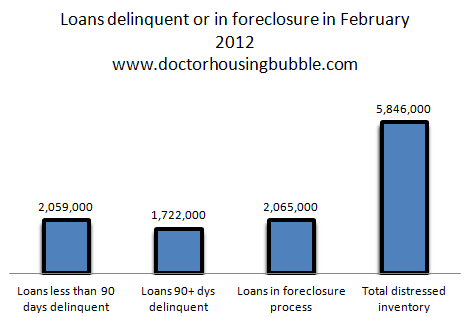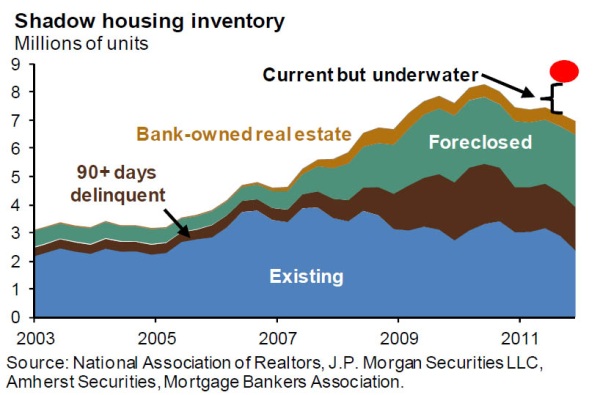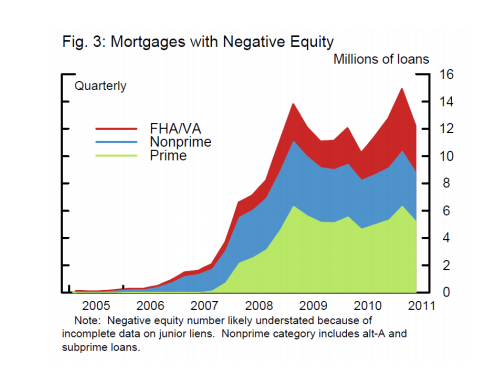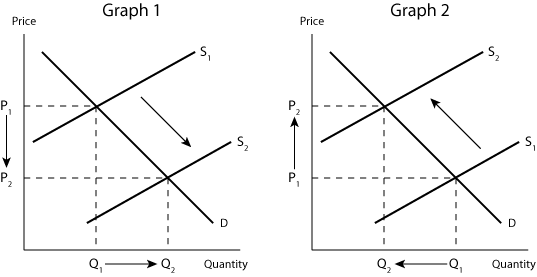A different perspective on inflation. Aivars Lode
The devaluation of everything
The perils of panflation
Apr 7th 2012 | from the print edition

Take the grossly underreported problem of “size inflation”, where clothes of any particular labelled size have steadily expanded over time. Estimates by The Economistsuggest that the average British size 14 pair of women’s trousers is now more than four inches wider at the waist than it was in the 1970s. In other words, today’s size 14 is really what used to be labelled a size 18; a size 10 is really a size 14. (American sizing is different, but the trend is largely the same.) Fashion firms seem to think that women are more likely to spend if they can happily squeeze into a smaller label size. But when three out of four American adults and three out of five Britons are overweight, the danger is that size inflation reduces women’s incentive to eat less. Meanwhile, food-portion inflation has also made it harder to fight the flab. Pizzas now come in regular, large and very large. Starbucks coffees are Tall, Grande, Venti or (soon) Trenta. “Small” seems to be a forbidden word.
Inflation is also distorting the travel business. A five-star hotel used to mean the ultimate in luxury, but now six- and seven-star resorts are popping up as new hotels award themselves inflated ratings as a marketing tool. “Deluxe” rooms have been devalued, too: many hotels no longer have “standard” rooms, but instead offer a choice of “deluxe" (the new standard), “luxury”, “superior luxury” or “grand superior luxury”. Likewise, most airlines no longer talk about “economy” class. British Airways instead offers World Traveller; Air France has Voyageur. Sardine class would be more honest. The value of frequent-flyer miles is also being eroded by inflation: it is increasingly hard to book “free” flights; they cost more miles, and redemption fees have increased. This was inevitable: airlines have been issuing so many miles (for spending on the ground as well as in the air) that the total stock is worth more than all the dollar notes and coins in circulation. Central bankers would shudder at such reckless inflationary policies—were they not themselves earning triple miles up in first class.
Some other strains of inflation have more serious economic effects. One example is grade inflation, the tendency for comparable academic performance to be awarded higher grades over time. In Britain the proportion of A-level students given “A” grades has risen from 9% to 27% over the past 25 years. Yet other tests find that children are no cleverer than they were. A study by Durham University concluded that an A grade today is the equivalent of a C in the 1980s. In American universities almost 45% of graduates now get the top grade, compared with 15% in 1960. Grade inflation makes students feel better about themselves, but because the highest grade is fixed, it also causes grade compression, which distorts relative prices. This is unfair to the brightest, whose grades are devalued against those of average students. It also makes it harder for employers to identify the best applicants.
Fight the flab
Employers are themselves distorting the jobs market with job-title inflation, which has recently accelerated because a fancier-sounding title is cheaper than a pay rise. Firms are awash with an excess of chiefs and directors, such as Director of First Impressions (receptionist) and Chief Revenue Protection Officer (ticket inspector). This is not just a laughing matter. Job-title inflation has economic costs if it makes the jobs market more opaque and makes it harder to assess the going pay rate.
Inflation of all kinds devalues everything it infects. It obscures information and so distorts behaviour. A former German central banker, Karl Otto Pöhl, compared inflation to toothpaste: easy to squeeze out of the tube, almost impossible to put back in. The usual cure, monetary and fiscal tightening, will not work for panflation. Women will never squeeze back into their old clothes unless they reject size inflation. Instead, it is time for everybody to tighten belts (literally) and fight all sorts of inflationary flab.




 TechCrunch (
TechCrunch (

